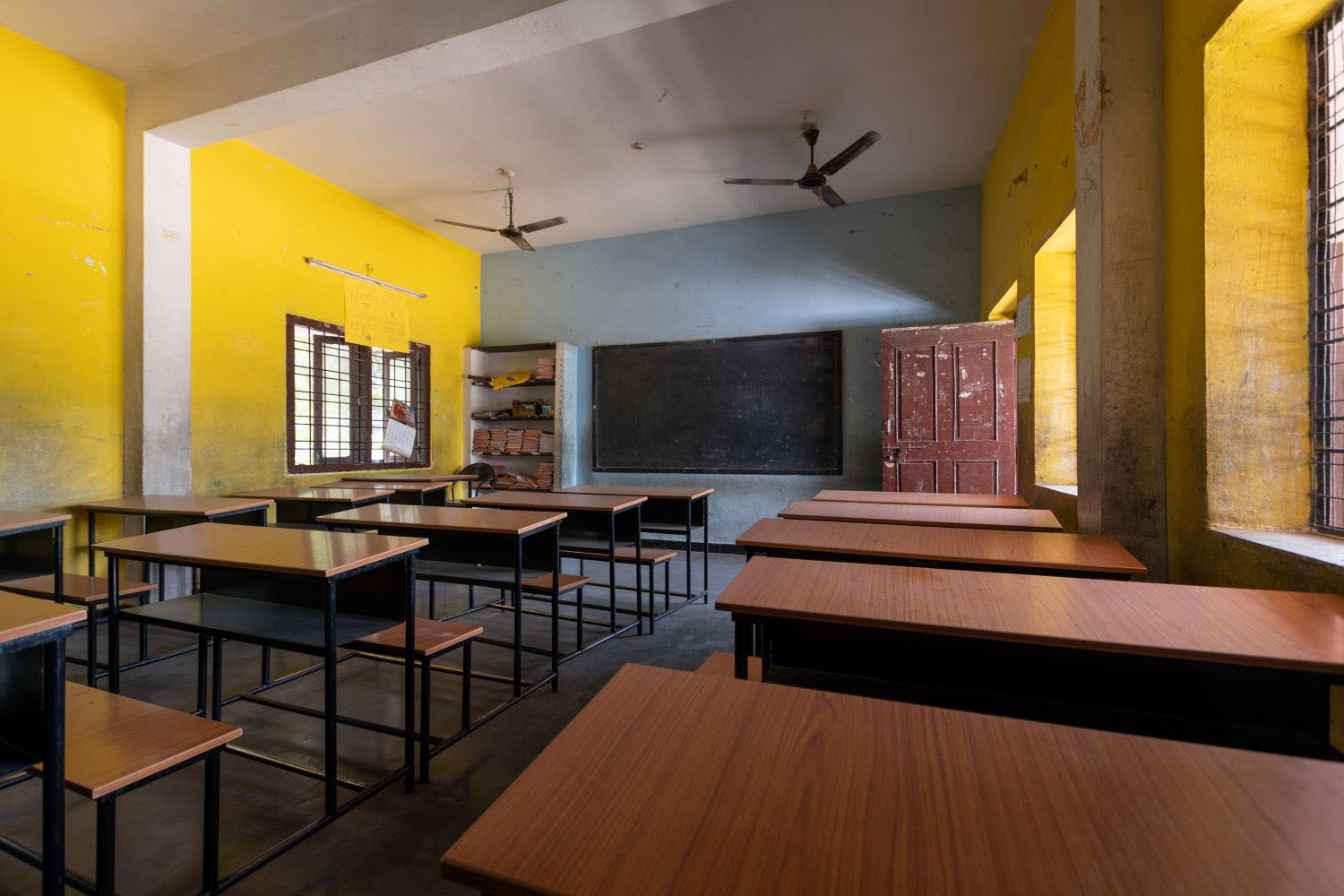Recommended
The brief provides an overview of the magnitude and effects of violence in and around schools and a review of evidence-based interventions aimed at eliminating school-related violence. It should not be viewed as an expansive summary. Readers interested in further details can review the studies cited in the references. The full brief with references is available here.
Executive summary
Violence against children in and around schools is preventable and the education sector has the opportunity to play a critical role in driving the change through schools and school systems. This review provides an overview of the available data and prevalence of violence against children in and around schools, research analysing the consequences of violence, and school-based interventions, policies and laws aiming to end school violence in and around schools. The main messages from this report include:
- Prevalence of violence is high. Children face high levels of physical, psychological, and sexual violence in and around schools, with girls being more vulnerable to sexual violence and boys to physical violence by peers and corporal punishment by teachers. The available data, however, does not provide the complete picture of the problem. Around 20 percent of low-and-middle-income countries do not have data to measure the prevalence of any form of school-related violence, and significant data gaps exist on younger children, children with disabilities and LGBTQ+ children, as well as data to monitor changes on violence over time.
- Need better data. We need more and better data, both from surveys dedicated to violence against children in and around schools, as well as formative research on the social and behavioural drivers of violence in schools to inform and continuously enhance interventions and programming, accounting for the social norms, gender, identity, and power dynamics that affect the way violence occurs and who is targeted.
- Violence in and around schools has profound impact. Violence negatively impacts multiple dimensions of children’s life and well-being, undermining not only the child’s developmental potential, but also schools, families, communities, and the society's development as a whole. This violence is underpinned by harmful social and gender norms, and it is therefore a critical barrier to achieving gender equality.
- Violence is preventable. Interventions following innovative approaches in low- and middle-income countries have shown that violence in and around schools can be prevented, particularly when involving the school staff and management, students, family, and community members. Moving forward, we need to build the skills, systems, and infrastructure necessary for implementing interventions at scale, keeping in mind that interventions should be designed considering the whole school, aiming to transform the operational culture of schools to achieve sustainable change, and in response to each context, social norms and behaviours, and specific needs.
- Policy and laws as a crucial first step. Beyond specific interventions, national, regional, and local governments need well-implemented and enforced national laws and policies that protect children from all forms of violence, including, laws banning corporal punishment and efficient reporting and referral mechanisms.
- Violence and learning. Globally we need to recognise that the learning crisis is inextricably linked with the prevalence of school-based violence and urgent action for both is required.
- Resources and accountability infrastructure. We also need mechanisms that build funding for making violence in and around schools a priority through the education budget and an engaged and resourced civil society who hold governments accountable and demand schools free of violence.
Urgent and sustained action is needed to end violence against children, and the education sector could drive change through schools and school systems. It must seize this opportunity and eliminate violence in schools.
Read the full brief here.
With thanks to Kate Adams, Sally Gear, Ali Hendy, Caroline Pritchard, and Heather Saunders for their contributions.
Rights & Permissions
You may use and disseminate CGD’s publications under these conditions.
Image credit for social media/web: Adobe Stock






